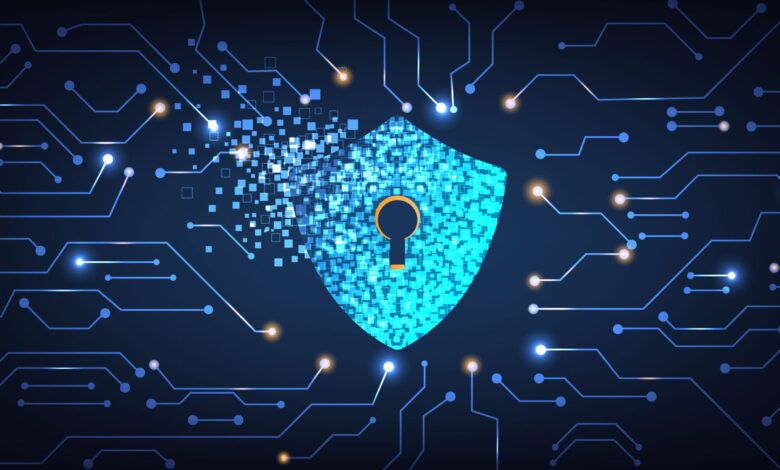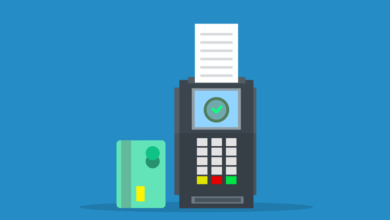How to Improve Cybersecurity: Enhancing Your Organization’s Defenses

Introduction
In today’s digital landscape, cybersecurity has become a critical concern for organizations of all sizes. With cyberattacks growing increasingly common and sophisticated, it is vital to take proactive measures to protect sensitive data and mitigate potential risks. By implementing best practices, training employees, and staying up to date with the latest technologies, you can significantly improve your organization’s cybersecurity posture. This article will explore effective strategies and practical tips to enhance cybersecurity and safeguard your organization’s valuable information.
Create Simple Central Contacts for Advice
One effective way to improve cybersecurity within your organization is to establish simple central contacts for advice. By appointing IT guardians or mentors, you can bridge the gap between various business functions and the IT department. These designated individuals can offer informal advice and guidance, ensuring that employees have a reliable source to consult when they encounter potential cybersecurity issues. You can also activate Apple security for iPhone and safe personal data.
Train Your Team to Spot Cybersecurity Red Flags
To enhance your organization’s cybersecurity defenses, it is crucial to educate your team about the warning signs of cyberattacks. By training employees to spot cybersecurity red flags, such as generic salutations, poor quality logos, spelling mistakes, time pressure, fake domain names, and mismatched sender details, you empower them to identify potential threats and take appropriate action. Regular awareness programs and workshops can help reinforce these skills and ensure that employees remain vigilant against cyber threats.
Ensure Strong Passwords
Passwords serve as the first line of defense against unauthorized access to accounts and sensitive information. Encourage your employees to use strong, unique passwords for all their accounts and enforce regular password updates. A strong password typically consists of a combination of uppercase and lowercase letters, numbers, and special characters. Implementing a password management system or recommending reliable password manager tools can further enhance password security within your organization.
Apply Patches and Security Updates
Outdated software and operating systems are often vulnerable to cyberattacks. To minimize the risk of exploitation, it is crucial to keep all your systems, applications, and devices up to date with the latest patches and security updates. Regularly check for updates from software vendors and promptly apply them to address any known vulnerabilities. Automated patch management tools can streamline this process and ensure that critical updates are not overlooked.
Implement VPNs for All Connections
Virtual Private Networks (VPNs) provide a secure and encrypted connection for data transmission, offering an additional layer of protection for sensitive information. Implementing VPNs for all connections, especially when accessing public Wi-Fi networks or when remote employees connect to your organization’s network, can significantly improve cybersecurity.
A VPN creates a secure tunnel between the user’s device and the destination network, encrypting the data passing through it. This encryption prevents unauthorized individuals from intercepting and accessing sensitive information. By routing all internet traffic through the VPN, you can protect data from potential threats, such as eavesdropping and data breaches.
When selecting a VPN solution, ensure it offers robust encryption protocols and has a strong reputation for security. Additionally, consider factors like ease of use, compatibility with different devices, and the ability to manage and monitor VPN connections centrally. It’s important to train your employees on the proper use of VPNs and emphasize their importance in maintaining a secure connection when accessing company resources remotely.
Retire All Unused Services
Over time, organizations may accumulate various software, applications, or services that are no longer in use. These unused services can pose significant security risks if they are not properly maintained and updated. Cybercriminals often target outdated and vulnerable software to exploit security vulnerabilities and gain unauthorized access.
To enhance cybersecurity, conduct regular audits of your organization’s digital assets and identify any services, applications, or software that are no longer actively used. Take the necessary steps to retire or decommission these unused services, ensuring they are removed from your network and no longer accessible.
When retiring services, it is important to follow proper procedures to avoid unintended consequences or disruptions to other systems. Inform relevant stakeholders about the retirement process and provide alternative solutions or recommendations where applicable. By reducing the attack surface and eliminating unnecessary services, you can improve the overall security posture of your organization.
Leverage Existing Security Options
Many software applications and operating systems come with built-in security features and options. To enhance cybersecurity, make sure to leverage these existing security options effectively. For example, most operating systems provide firewall capabilities that can help monitor and filter network traffic, blocking unauthorized access.
Additionally, enable and configure security features such as two-factor authentication (2FA) or multi-factor authentication (MFA) whenever possible. These authentication methods add an extra layer of security by requiring users to provide additional verification, such as a code sent to their mobile device, in addition to their password.
Regularly review and update security settings in software applications, web browsers, and other digital tools used within your organization. These settings can include privacy options, data encryption, and access controls. By maximizing the use of existing security options, you can strengthen your organization’s defenses without significant additional investments.
Create Backups
Data loss can have severe consequences for organizations, including financial losses, reputational damage, and operational disruptions. Regularly creating backups of critical data is an essential part of any cybersecurity strategy.
Implement a robust backup solution that automatically and securely backs up important data on a regular basis. Consider the 3-2-1 backup rule, which suggests having at least three copies of your data, stored on two different media, with one copy stored offsite or in the cloud. This approach ensures that even if one backup fails or becomes compromised, you still have multiple copies available.
Regularly test your backup and recovery processes to ensure they are working correctly. Additionally, encrypt the backups to protect the data in case of unauthorized access. Having reliable backups in place enables you to quickly restore data in the event of a cyber incident, minimizing downtime and potential losses.
Train Your Employees
Human error and lack of awareness are common factors that contribute to cybersecurity breaches. It is crucial to invest in cybersecurity training and education for your employees to ensure they understand the risks and best practices for maintaining a secure digital environment.
Develop a comprehensive cybersecurity training program that covers topics such as identifying phishing emails, creating strong passwords, recognizing social engineering tactics, and understanding the importance of data protection. Regularly update the training materials to address emerging threats and provide refresher courses to reinforce knowledge.
Encourage employees to report any suspicious activities or potential security incidents promptly. Establish clear communication channels and a culture of accountability regarding cybersecurity. By empowering your employees with knowledge and fostering a security-conscious culture, you can significantly reduce the likelihood of successful cyberattacks.
Remember, cybersecurity is an ongoing process. Stay informed about the latest threats and security practices, regularly assess and update your security measures, and adapt your strategy as needed to protect your organization’s digital assets effectively.





